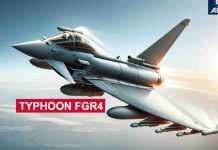As the Russia-Ukraine war persists, it appears that shoulder-fired missiles are proving to be extremely effective for the Ukrainian forces to impede the rapid progress of Russian troops.
The man-portable air-defense systems (MANPADS) are playing a vital role in preventing Russian forces from obtaining air supremacy and bulldozing their way into major Ukrainian cities. Infantry anti-armor weapons, both guided and unguided, have also shown to be equally useful for Ukrainian troops fighting a heavily mechanized opponent on the ground.
Even though questions have been raised about the Russian Air Force keeping a low profile in the first few days of the war, Moscow has resorted to airstrikes as their soldiers advance towards Kyiv. However, Ukraine’s use of MANPADS seems to be posing a major challenge to this mission.
Ukraine has reportedly inflicted massive casualties on the Russian forces, capturing 750 pieces of modern military equipment.
Since the start of the war about two weeks ago, Russia apparently has lost more than 260 tanks and roughly a thousand armored personnel vehicles, according to Ukraine’s military. But these figures could not be verified independently.

MANPADS Resisting Russian Advance?
MANPADS refers to a type of weapon that was designed to defend ground units against aerial attack. There are four parts to MANPADS. A missile consists of a rocket motor that is guided towards the target by an electronic guidance system. A warhead at the missile’s tip explodes as it approaches the target, bringing the plane down.
The complete missile is contained in a canister to which a firing and pointing mechanism is attached. An entire MANPADS is designed to be carried and fired by one individual and weighs no more than 20 kg.
This could be a potential reason behind the popularity that this system has gained among Ukraine’s forces that remain on the defensive and have not yet been provided with fighter jets that it needs to combat Russian superiority in the air as well as the ground.
Man-portable anti-aircraft missile systems are essential low-level defense equipment, designed to be the last line of defense against hostile aircraft in an integrated multi-layered air defense complex, alongside tube weapons.
However, in the case of Ukraine, and just as they were well deployed in Afghanistan, they can become a tremendous headache for any hostile aircraft on their own. Because they must operate close to the ground, well inside the effective range of these weapons, helicopters and ground attack aircraft are particularly vulnerable to these threats.
“MANPADS are excellent weapon systems. For example, you look at the Afghanistan war where they accounted for a huge number of kills of the Soviet weapons. You look at the 1973 Yom-Kippur war between the Arabs and the Israelis where the Arabs were able to down Israeli aircraft with low-level artillery. The MANPADS are extremely effective against low-flying aircraft because one, there are very easy to use, could be carried on a shoulder and requires very little training. And since they are so close to the ground and the target, the reaction time of the pilot is literally next to nothing.
The main reason why they are used so extensively in Ukraine is that they are small and could be easily smuggled across the border without being intercepted. If, let’s say, it was a big system, the Russian radars would track it and probably shoot it down. Also, these shoulder missiles cannot necessarily be attributed, as opposed to big tanks or fighter jets”, said Abhijit Iyer Mitra, a senior fellow at the Institute of Peace and Conflict Studies (IPCS) told The EurAsian Times.
Russia’s air force has so far played a smaller than expected role in Ukraine. Air superiority must be established as quickly as possible in contemporary combat. Many military observers had, thus, been astonished by Russia’s unwillingness to use its superior air power in Ukraine, as previously stated by EurAsian Times.
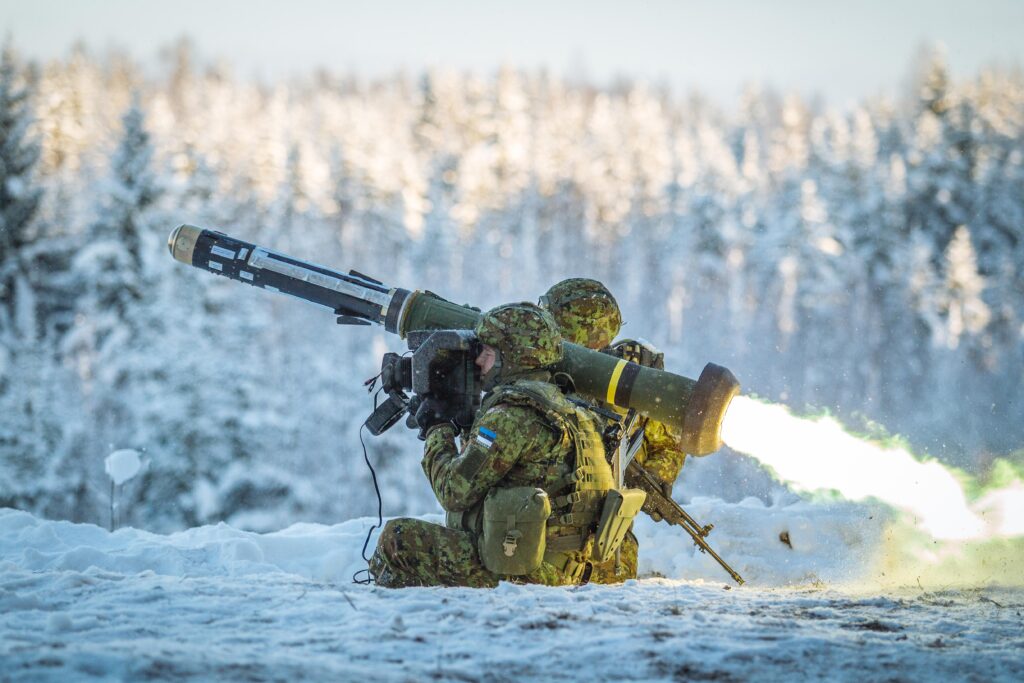
The decision to keep advanced fighters away has been attributed to the still functional Ukrainian air defense systems. However, the MANPADS with the Ukrainian military has come in handy against the limited deployment of Russian aircraft over Ukraine.
MANPADS, are largely to blame for the downing of Russian aircraft over Ukraine, just as they were in Afghanistan more than 40 years ago. The Oryx website (regarded by most observers to be a reputable source) listed the number of Russian aircraft shot down or lost so far in the conflict at 24 on the twelfth day after the invasion of Ukraine began.
A Twitter handle by the name ‘Ukraine weapons tracker’ has posted a couple of videos that show Ukrainian MANPADS attacking Russian planes and choppers. Several other Twitter handles have also hinted at MANPADS decimating the opponent’s aircraft.
#Ukraine: This morning, it is claimed that in the vicinity of #Kyiv a Russian Mi-35 attack helicopter was shot down, likely using MANPADS.
It seems to be totally destroyed. pic.twitter.com/KV6Kvp1E5C
— ?? Ukraine Weapons Tracker (@UAWeapons) March 5, 2022
From the beginning of the invasion until March 6, Ukraine claimed to have shot down 92 Russian planes and helicopters. Oryx, a site that uses open-source photos and information to verify damaged military equipment, tweeted on March 5 that Russia had lost three planes, two helicopters, and a drone, The Wall Street Journal reported.
The Stinger MANPADS toched down in #Ukraine. It's visa-free for these guys in ??
From Germany#UkraineInvasion pic.twitter.com/pGMoygCZqP— Alexander Khrebet/Олександр Хребет (@AlexKhrebet) March 2, 2022
Furthermore, the Ukrainian military is currently getting a significant number of MANPADS and infantry anti-armor equipment from over a dozen different countries. Many anti-tank weapons being provided to Ukraine can be employed against both armored and unarmored vehicles, structures, besides aircraft.
#Russia #Ukraine ????: Ukrainian Combatants shot down a Russian Mil Mi-24 attack helicopter in #Kyiv Oblast with a MANPADS —Ppesumably 9K38 Igla or a similar missile system. pic.twitter.com/TyUbNZBhaF
— War Noir (@war_noir) March 5, 2022
It could be observed that the NATO members have been generous with their transfer of MANPADS to Kyiv as opposed to fighter jets or advanced missiles.
NATO allies have so far maintained a defensive posture and have refrained from assisting Ukraine in a way that could indicate the launch of an offensive. Recently, NATO also announced that it would not establish a ‘no-fly zone’ over Ukraine even as Ukraine has been pleading to the West for the same amid continuing Russian strikes on its airfields.
Shoulder Fire Missiles With Ukraine
Even though NATO has refused to join Ukraine in its war against Russia, several nations have pledged military support in the form of supply of weapons to Kyiv, as previously stated by the EurAsian Times.
A noteworthy observation in the assistance provided to Ukraine is the emphasis on anti-tank weapons and MANPADS by the NATO countries willing to help. According to US President Joe Biden, Ukraine had put a request for Javelin anti-tank missiles, which will be included in the shipment.
Ukraine is currently using the iconic MANPADS, FIM-92 Stingers and Javelins developed by the United States. Stinger missiles had played a key role in the Soviet Union’s defeat in Afghanistan in the 1980s.
On the other hand, Ukrainian forces have reportedly obtained a kill rate of more than 90% with Javelins in the ongoing conflict with Russia.
Before the commencement of hostilities, the US delivered several hundred of these MANPADS to Ukraine. Since the European Union chose to openly support the attacked country, it has also dispatched a few of these missiles from its own arsenal.
The Stinger weighs 15 kilograms, travels at Mach 2.2, has a maximum range of more than 5,000 meters. This missile’s most recent variant includes an infrared/ultraviolet guidance warhead as well as a proximity fuse to make it more effective against drones.
On the other hand, Javelin is the world’s one of the most advanced shoulder-fired anti-armor devices, taking the fight to the opponent. After being launched, Javelin automatically guides itself to the target, letting the gunner seek cover and avoid counterfire.
These modern anti-tank missiles, which the United States and Estonia continue to provide to Ukraine, are very capable weapons with an advanced fire control system that allows them to be employed efficiently at any time of day or night.
Germany, Italy, Latvia, Lithuania, and the Netherlands are among the countries that have sent or are planning to provide shipments of Stingers whereas the US and Estonia are providing Javelins.
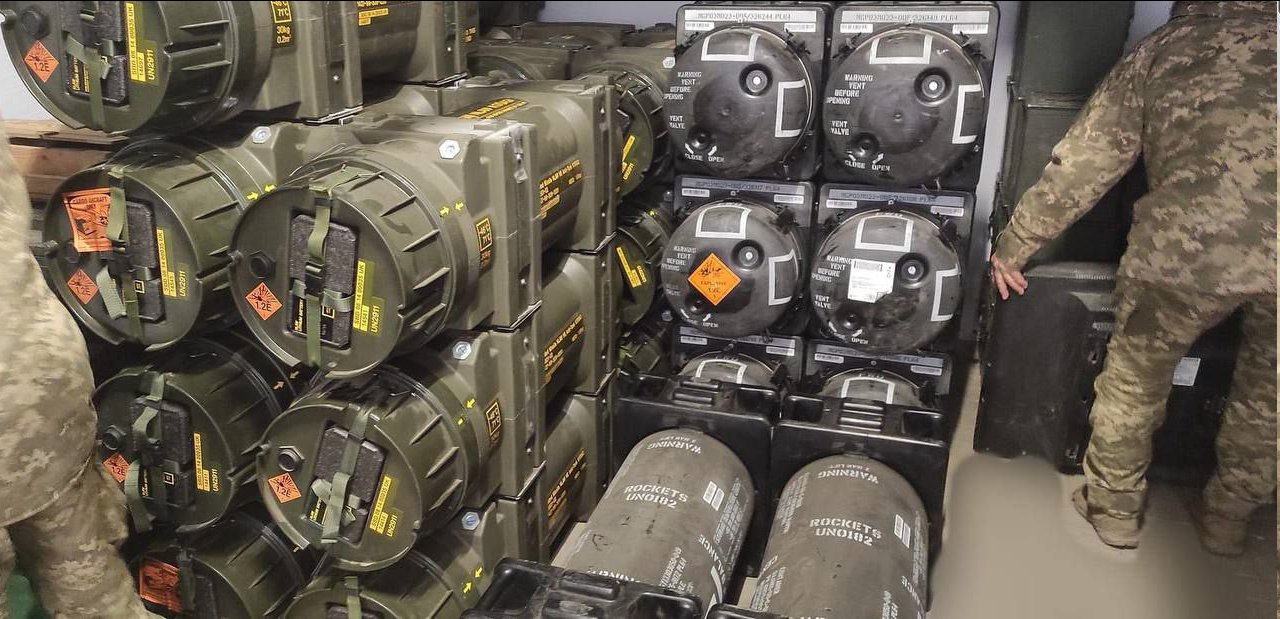
Ukraine has also employed Next-Generation Light Anti-Tank Weapons (NLAW). Before the conflict, the UK government had delivered roughly 2,000 of these weapons to Ukraine. Luxembourg, a NATO member, announced last month that it would send another 100 NLAWs to Ukraine’s armed forces. These MANPADS are jointly developed by UK and Sweden.
The advanced NLAWs incorporate a ‘Predicted Line of Sight’ guiding system, which allows the operator to track the moving target vehicle for 3-5 seconds in the launcher’s 2.5x magnification sight before firing. The missile then utilizes an inertial navigation system to fly to the location predicted by the launcher’s targeting algorithm based on its previous trajectory.
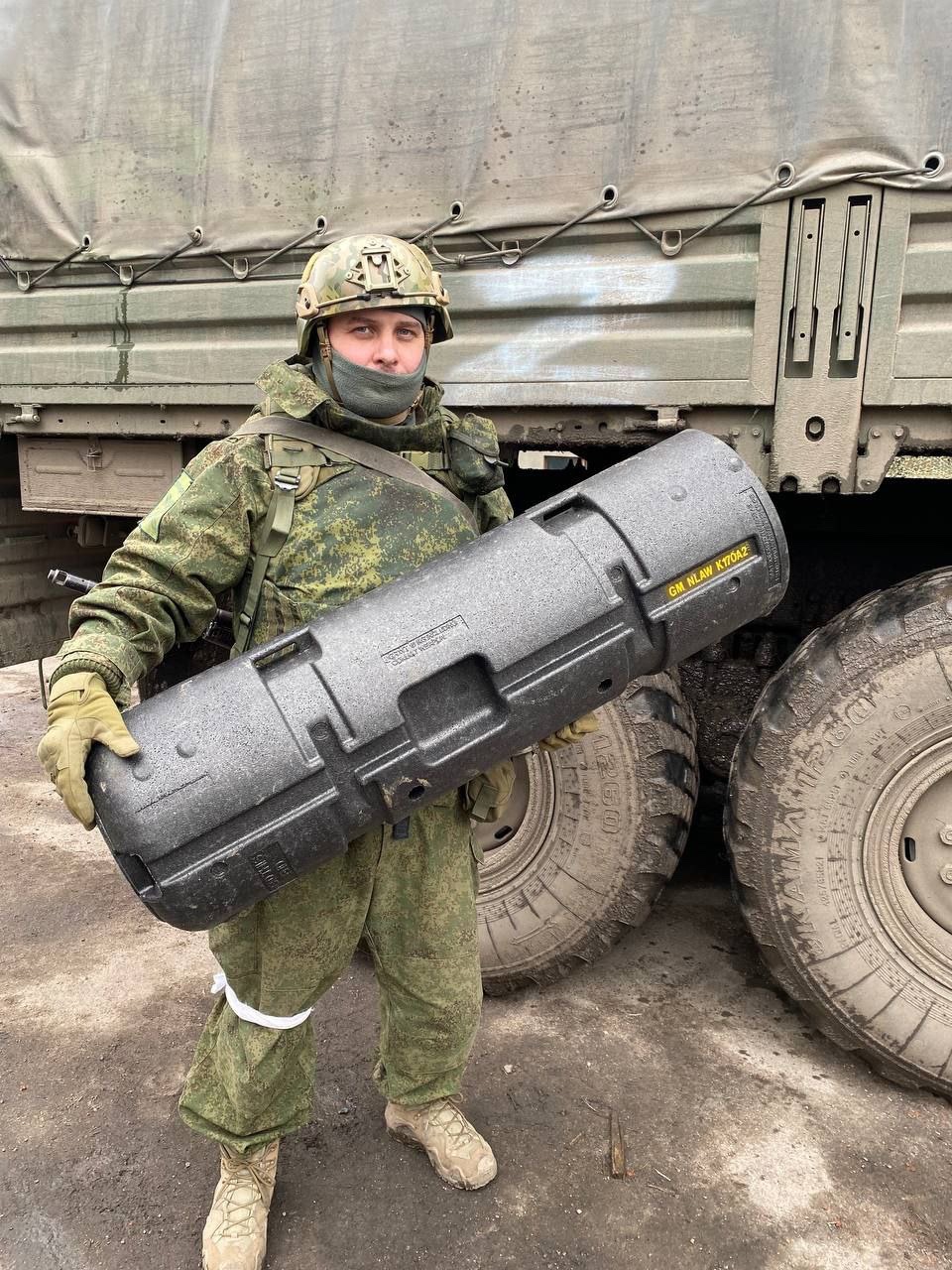
Poland had stated preparations to send either Grom or Grom-M MAPANDS, also known as Piorun, to Ukraine even before Russia’s invasion began. Interestingly, the Grom missile family is an enhanced variant of the Soviet-designed 9K38 Igla, with the first versions entering service in the 1990s.
These are Polish-made MANPADS that were to replace the Polish arsenal’s vast inventories of older weapons like the SA-7, SA-9, and SA-14.
The missile and the Grom launcher weigh 16.5 kilograms. The missile carries a 1.27 kg high explosive fragmentation warhead and has an infrared guiding system. It can lock onto hot target surfaces like an aircraft engine or turbine exhaust and forecast how the target will move. The missile includes a touch detonation mechanism that allows it to detonate once it reaches its intended target.
The Piorun that was only put into service in 2019 features a new rocket motor and seeker system. This improves its capabilities against moving aircraft and aircraft equipped with a variety of sophisticated infrared countermeasures.
The exact numbers of Groms and Pioruns delivered to Ukraine remain unspecified.

Germany has supplied 1,000 anti-tank weapons and 500 Stinger missiles. Speculation is rife that Germany is also considering deploying 2,700 Soviet-era heat-seeking Strela-series MANPADS to Ukraine from the now-defunct East German military.
It’s unclear whether the weapons are 9K32 Strela-2s or 9K34 Strela-3s, which are also known as SA-7s and SA-14s in NATO. These are first- and second-generation MANPADS that were deployed in the 1960s and 1970s, and some reports claim they are no longer operational.
Furthermore, the Ukrainian military has its own stock of Strelas and Iglas, which it has put to excellent use, reports suggest. The first-ever Igla variant entered service in 1981 and the latest, Igla-S was commissioned in 2004. These MANPADS are expected to be outdated in their own right but would perform better than the archaic Strelas.
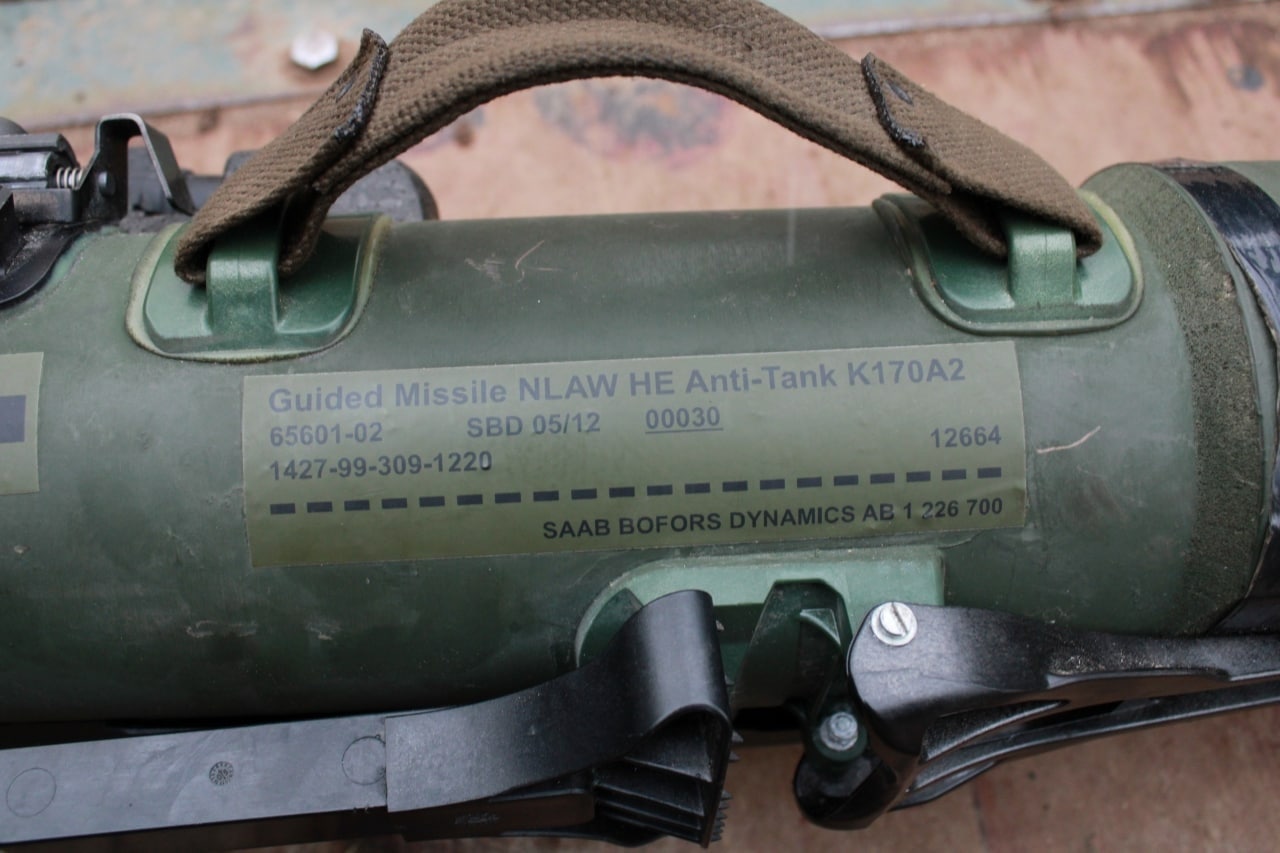
The Russians have had their fair share of experience with being attacked by Man-portable air defense systems. In the finale of its war in Afghanistan, it was bombarded by the Stingers supplied by the United States to local combatants. The missiles, portable and suitable for rough terrains wreaked havoc on Russian aircraft as well as its tanks.
The US military also felt the heat from MANPADS. The portable air defense missiles were used by rebels to bring down numerous coalition helicopters during Operation Iraqi Freedom, at least some of which were older, first-generation weaponry.
With Ukraine’s use of these missiles against Russian troops, it would be a moment of deja vu. The use of MANPADS in Ukraine becomes significant given their success in complex battlefields like Afghanistan, Libya, Iraq, and Syria, to name a few. MANPADS had also allegedly been used by armed forces in Iraq and Syria.
Even though they don’t offer a decisive edge in a battle, they are expected to help the Ukrainian forces in resisting the tank and armor-dependent Russian troops to a great degree. Even though there have been signals of a potential breakthrough from both sides, the fighting continues for now.
- Contact the author at sakshi.tiwari9555@gmail.com
- Follow EurAsian Times on Google News



